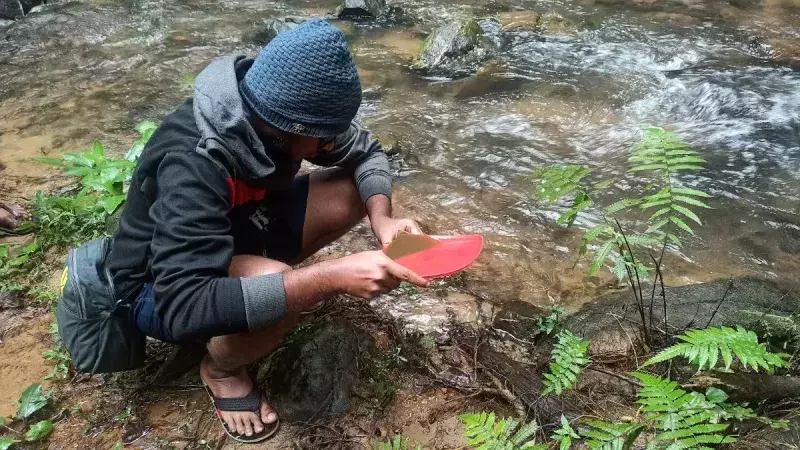
Diatoms Show Students River Health, Linking Past to Present Issues
As the world grapples with the complexities of environmental degradation, it’s essential to educate the next generation about the importance of preserving our planet’s natural resources. One innovative approach to environmental education involves the use of diatoms, microscopic algae with glass shells, as powerful bioindicators. By studying the fossilized remains of these tiny organisms, students can learn about past water quality and its connection to current environmental challenges. A recent study demonstrates the effectiveness of this approach in teaching students about river health, inspiring a new generation of water stewards.
Diatoms: The Unassuming Bioindicators
Diatoms are a type of phytoplankton, microscopic algae that thrive in aquatic environments. What sets them apart is their unique glass-like shells, made of silica, which provide a remarkable record of past environmental conditions. These shells can be preserved for millions of years, allowing scientists to reconstruct historical water quality and climate conditions. This remarkable property makes diatoms an ideal tool for environmental education, enabling students to learn about the past and connect it to present-day issues.
Studying Diatoms in the Classroom
The study in question involved a group of students who were tasked with analyzing diatom fossils to determine the health of a local river. The students collected sediment samples from the riverbed and extracted the diatom fossils using specialized techniques. By examining the shapes, sizes, and abundance of the diatoms, the students were able to reconstruct the river’s water quality over time.
The results were striking. The students found that the diatom assemblages in the sediment samples reflected a history of pollution, with high levels of human activity and industrialization contributing to poor water quality. This information was not only fascinating but also provided a tangible connection to the present-day environmental challenges facing the river.
By analyzing the diatom fossils, the students were able to identify specific periods of environmental degradation, such as the impact of agricultural runoff and industrial waste. This information allowed them to draw parallels between past and present issues, highlighting the need for continued conservation efforts.
The study’s findings demonstrate the power of diatoms as a teaching tool, enabling students to develop a deeper understanding of environmental issues and their historical context. By linking past to present, students can better appreciate the cumulative effects of human activity on the environment and the importance of sustainable practices.
Inspiring a New Generation of Water Stewards
The study’s results are not only significant from an educational perspective but also have practical implications for environmental conservation. By involving students in the process of analyzing diatom fossils, the researchers aimed to inspire a new generation of water stewards. The study’s findings suggest that this approach can be effective in motivating young people to take an active role in protecting the environment.
As the world grapples with the challenges of climate change, water scarcity, and pollution, it’s essential to engage the next generation in environmental education. By using diatoms as a teaching tool, educators can provide students with a unique perspective on environmental issues, fostering a sense of responsibility and ownership.
Conclusion
The study on diatoms and river health demonstrates the potential of this approach to inspire a new generation of water stewards. By linking past to present, students can develop a deeper understanding of environmental issues and their historical context. This approach has significant implications for environmental education, providing a powerful tool for teaching students about the importance of preserving our planet’s natural resources.
As we move forward in the face of environmental challenges, it’s essential to engage the next generation in the process of environmental conservation. By using diatoms as a teaching tool, educators can inspire a new generation of water stewards, equipped with the knowledge and skills to protect the world’s rivers and waterways for future generations.






